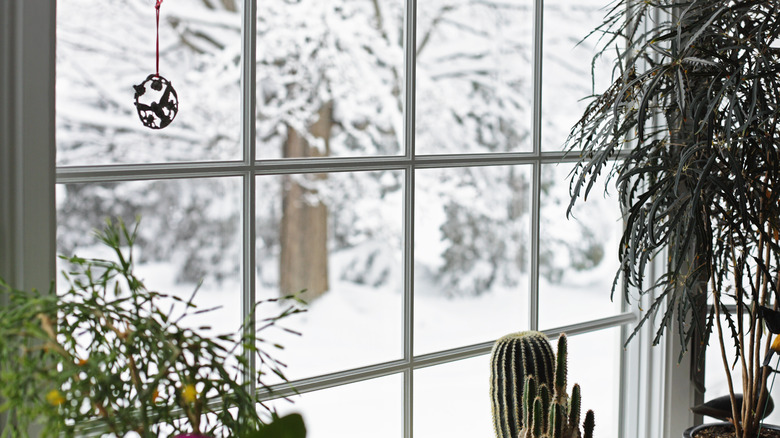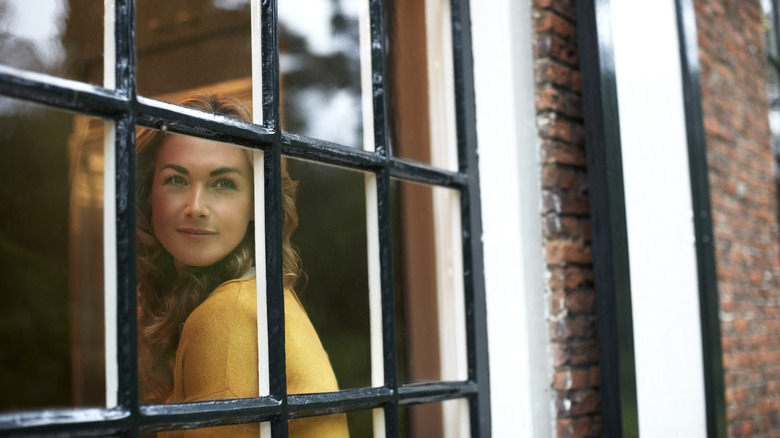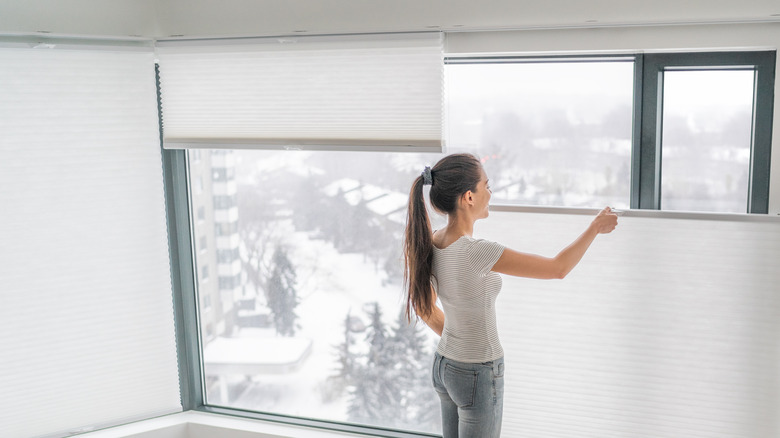What Are Retrofit Windows And How Can They Help You Save?
Retrofitting your windows is an excellent method for improving your home's energy efficiency without spending an arm and a leg. The term often refers to the removal and replacement of the sash, which is the window component that holds the glass in place. It may also refer to the process of fitting an attachment onto the exterior or interior of the window, creating another layer of protection or insulation. Both options can enhance efficiency while reducing the cost of replacing the window completely.
These modifications can help you save money by lowering your heating bill and easing the strain on your HVAC system. The key is choosing the best modifications for your needs. For instance, in some cases, adding inexpensive interior thermal blinds can profoundly impact your home's insulation. Installing storm windows can also help alleviate energy loss and fortify your home. When installed properly, some retrofitting methods offer similar energy savings potential as investing in new high-efficiency windows at a fraction of the cost. However, is this upgrade the right option for your home?
Types of retrofit windows
Retrofitting a window is a great way to fix a deficiency. For instance, storm windows are one option to improve energy efficiency. If you have a historic home, adding a storm window to the exterior of your current pane could help. They earned this name because they are often used to protect against damage from strikes against the glass during a storm. This is an affordable upgrade with lasting savings potential if installed correctly.
Another option is interior window panels. These are placed flush against the existing pane inside the home. Typically made from solid acrylic, these are hard to see once installed but add a layer that keeps warm air from escaping outside. These are relatively simple to implement yourself — typically with a compression gasket or a magnetic strip to hold them in place — and work similarly to window film.
A third method is the use of insulating blinds. These create a thermal air barrier between your window and your home's interior. They are often quite thick, with a quilt-like consistency, and provide insulation benefits during hot and cold seasons.
Impressive energy savings
The average cost for replacing 10 vinyl windows in a home ranges from $3,500 to $10,500, with most paying around $7,500 for the project nationally. If this seems prohibitively expensive to you, don't worry; most retrofitting options are far less expensive than the cost of replacing a window.
For instance, installing storm windows costs about $160 per window or about $55 per square foot. Even better, the upgrade can reduce your energy bills by 10% to 30%, as noted by the U.S. Department of Energy. For interior window panels, expect to pay about $24 per square foot, or $90 to $400 per window on average. However, be aware that some windows may not easily allow for fitting the acrylic panel. The U.S. Department of Energy shares that these can also reduce energy costs between 10% and 30%. Cellular shades range from $50 to $110 per window, though custom-designed versions may cost more. The efficiency of these pleated fabric shades can lower HVAC spending by about 15% annually.


